Bosch dishwasher errors
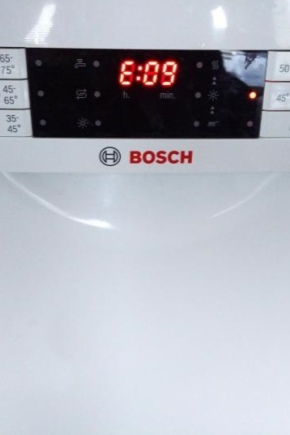
Dishwashers from Bosch are among the highest quality representatives of their segment on the market. However, even such reliable equipment can fail due to improper operation or installation. The peculiarity of the dishwashers of this brand is that they are able to diagnose themselves, which makes them stand out against the background of competitors. Advanced electronic systems, when a certain malfunction is detected, displays an error code, so that the user can determine the place of the breakdown and eliminate it.
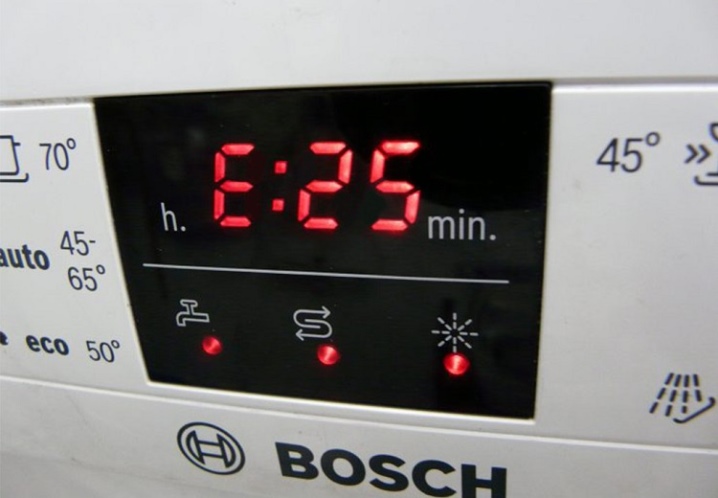
Common errors and their elimination
If the Bosch dishwasher detects a specific problem, it immediately displays a code on the display. It consists of one letter and several numbers that indicate a specific breakdown.
All codes can be found in the user manual, thanks to which it will be possible to quickly decipher the malfunction and begin to fix it.
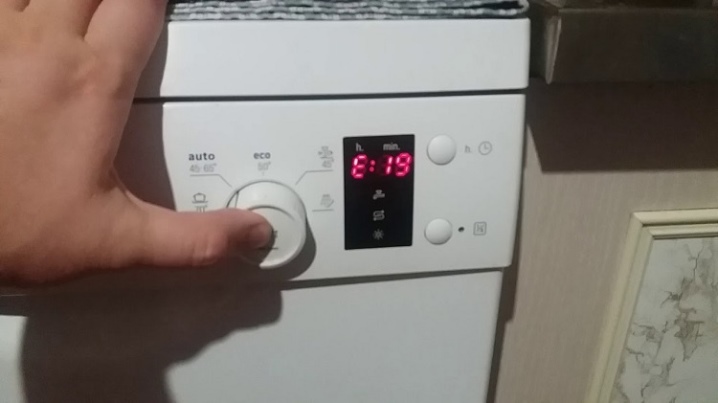
Problems with draining and filling water
One of the most common problems in Bosch dishwashers is incorrect draining or filling of water. There are a lot of reasons why such malfunctions can occur. They can be associated with kinked hose, lack of water supply, and other factors. Among the main codes indicating a similar problem, the following can be distinguished.
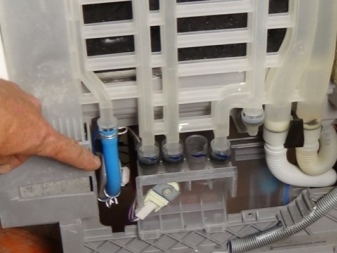

- E3. This error means that for a certain amount of time it was not possible to collect the required volume of water. Very often, a problem occurs due to a lack of pressure in the water supply system. In addition, it can be caused by a broken filter or incorrect operation of the water level sensor.
- E5. Inlet valve malfunction resulting in constant overflow. Also, this error may appear on the display if there is a problem with the electronic control unit.
- E16. Overflow is caused by blockage or malfunctioning of the valve. Very often this happens due to the use of too much detergent.
- E19. The inlet valve cannot interrupt the access of water to the dishwasher. Usually the problem is too much pressure in the plumbing system or valve failure. The only way to solve this problem is to completely replace the valve.
- E23. Complete failure of the pump, as a result of which the electronic control system generates an error. The problem can be caused by a foreign object in the pump, or a lack of lubricant to run the engine.

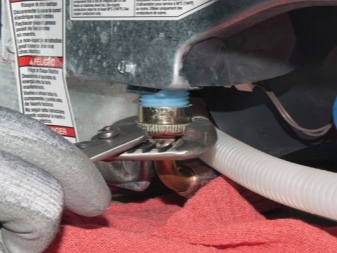
Heating faults
Another fairly common problem is the lack of water heating. As a rule, the problem lies in the electric heating elements. Among the main codes are the following.
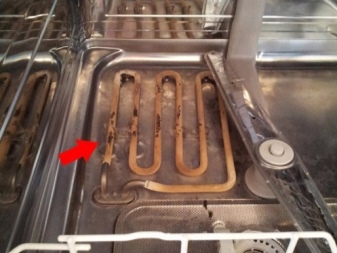
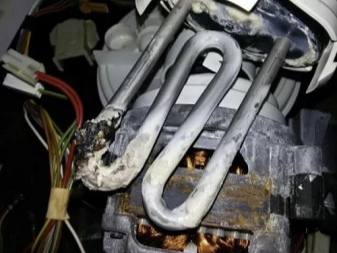
- E01. This code indicates that there are problems with contacts in the heating elements. Very often, the reason for the lack of water heating is a malfunction of the triac in the electronic control unit board, which is responsible for heating the water to the optimal temperature.
- E04. The sensor responsible for temperature control has stopped working. This error can be corrected only by replacing the sensor.
- E09. A similar code can appear only in those dishwashers that are distinguished by the presence of a flow-through heating element that is part of the pump. And damage usually occurs due to the fact that the integrity of the entire circuit is violated.
- E11. The thermistor stopped working due to a broken contact in the electronic control unit.
- E12. The heating elements are out of order due to too much scale on it. You can try to reset the error by rebooting, and if it does not help, then you will have to carry out maintenance on the device.

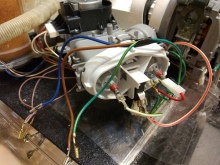
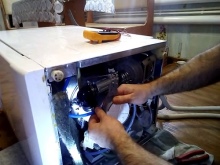
Blockages
Clogged dishwasher drain and filler parts can be caused by improper use or lack of regular maintenance of household appliances. These problems can be seen when the following codes appear.
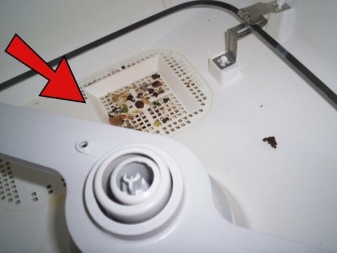
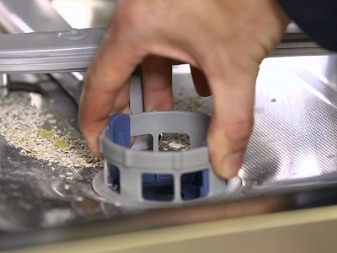
- E07. This code appears on the screen if the dishwasher cannot get rid of the water in the chamber due to a faulty drain valve. All this can lead to more serious problems with the performance of household appliances.
- E22. Indicates that the internal filter has failed, usually due to accumulation of dirt. In addition, this error can appear when the drain pump breaks down, as well as when the blades are unable to rotate.
- E24. The error indicates that the hose has been kinked. This can also happen when the sewer is clogged.
- E25. This error indicates that the Bosch dishwasher has detected a blockage in the pump pipe, which leads to a decrease in power and does not allow to get rid of excess water in the chamber.
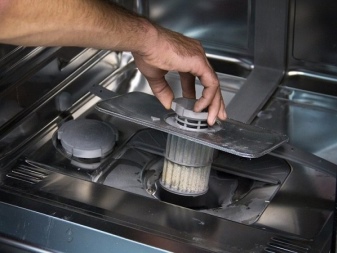

Electrical faults
Only high-quality materials are used in the production of Bosch dishwashers, so electrical problems are extremely rare. The presence of a malfunction of these elements may be indicated by such codes.
- E30. It occurs when there is a problem in the operation of the electronic control system. The problem can be eliminated by a simple reboot, which allows you to reset the set parameters. If it does not help, then you will have to contact the service center for a complete diagnosis.
- E27. The error may appear on the display of a dishwasher connected to electricity directly. This code indicates that there are drops in the network, which can adversely affect the integrity of the electronic control unit.
It should be noted that Bosch dishwashers are complex appliances that are equipped with a huge number of electronic components. In the event of problems, it will not be possible to eliminate them on our own, since this requires special knowledge and equipment.
That is why, if you find faults in electrical components, it is better to immediately contact a professional.
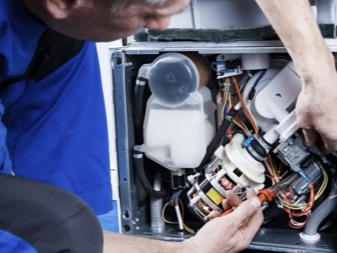
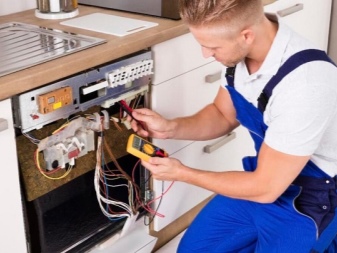
Sensor failures
Sensors play a critical role in ensuring the efficiency of your dishwasher. It is they who allow you to heat water to the required temperature, determine the amount of detergent used and are responsible for other points. Failure of these elements is reported by such codes.
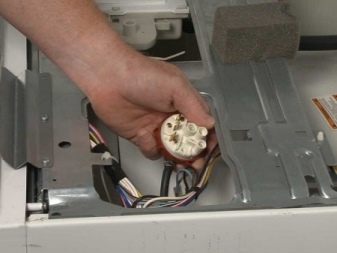
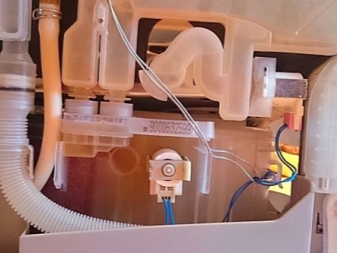
- E4. This error indicates that the sensor responsible for the water supply has failed. In most cases, the cause of such a breakdown is a blockage. In addition, the error can occur due to limescale, which interferes with the operation of the spray arms. As a result, not enough water enters the chamber, which prevents the Bosch dishwasher from starting. The only way to fix this problem is to clean the holes.
- E6. A signal that the sensor responsible for the purity of the water has failed. This code may appear due to problems with contacts or failure of the sensor itself. With the last problem, you can get rid of the malfunction only by completely replacing the element.
- E14. This code indicates that the level sensor of the liquid that is collecting in the tank has failed. It will not be possible to eliminate this malfunction on your own; you will have to contact the service center.
- E15. The code indicates problems with the performance of the leakage protection system. It will be necessary to carefully examine all parts of the dishwasher in order to find the source of the problem and correct it. It often happens that no problems are found during inspection. This suggests that the sensor itself has failed, and there are no leaks.

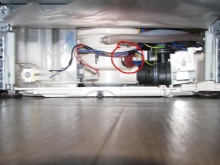
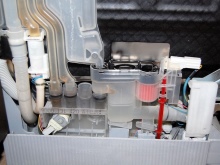
Decoding codes in cars without a display
The Bosch catalog contains a huge number of models that can boast of their technological advantages. However, the company's lineup also has simple models without a display, which have their own error detection systems and deduction of their designations. Among the most popular and common code variants are the following.
- E01. This code indicates that there is a malfunction in the main control unit of the dishwasher. First of all, you need to check the voltage in the electrical network to make sure it is uninterrupted.
In addition, it is worth making sure that the wires connected to the electronic board are in good condition.
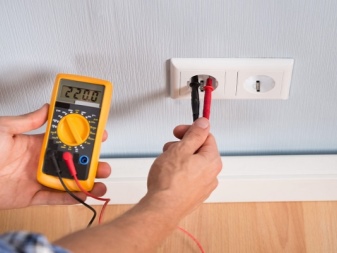
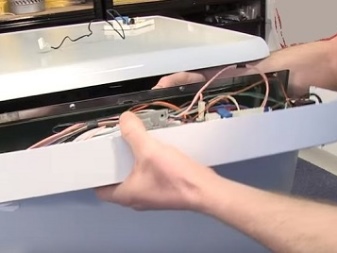
- F1. It is not possible to turn on the water heating system due to the failure of the sensor or the electronic control system. Very often, the reason is that one of the temperature sensors breaks down, as a result of which you have to carry out diagnostics and replace if necessary. In addition, the cause of the malfunction may be the presence of too much water in the chamber or the failure of the heating element.
The source of the problem can only be detected by a complete diagnosis of the Bosch dishwasher.
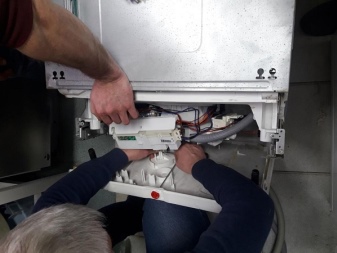
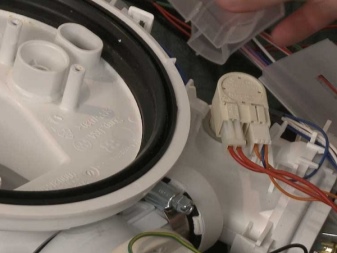
- F3. It is not possible to ensure the optimal water pressure, as a result of which the tank is not filled with liquid within the required period of time. First of all, you need to make sure that the water supply tap is not turned off and that there is the necessary pressure in the water supply system. After that, you should check the hoses for various defects or blockages, and also make sure that the dishwasher door is tightly closed and the corresponding indicator is on. This problem can also arise due to a malfunction in the control controller, as a result of which you will have to check the board and eliminate the defect, if necessary.
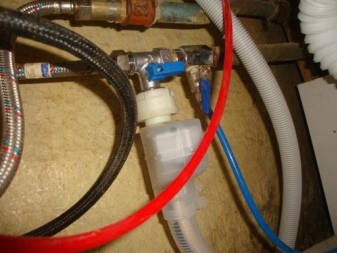
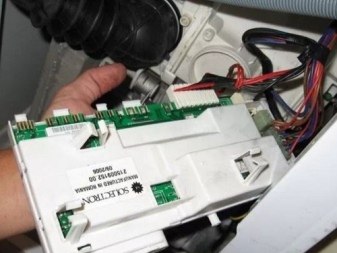
- F4. This error indicates that the dishwasher and the elements are not working efficiently. There can be many reasons, including improperly installed dishes inside household appliances, failure of one or more sensors, engine malfunction, or failure of the control controller.
Here, it will also be necessary to carry out a complete diagnosis in order to find the exact cause of the problem and eliminate it.
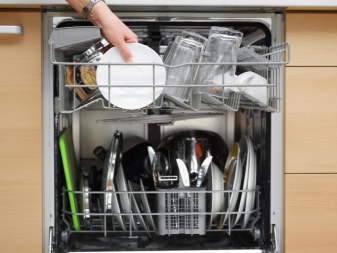
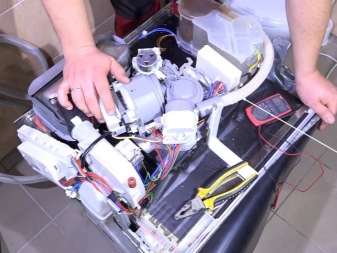
- F6. The sensors responsible for the water quality are out of order. This refers to the elements of the Bosch dishwasher, which determine the hardness level, the presence of dirt and the degree of turbidity of the water used. The cause of the problem may lie in the need to clean the camera itself, in the failure of the sensors, or in failures with the control controller.
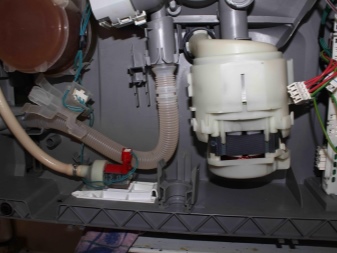
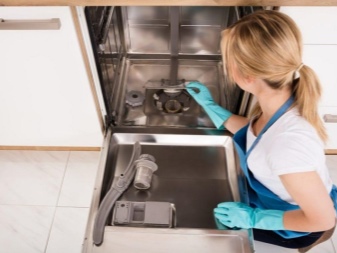
- E07. The fan for drying dishes cannot be started. The reason may be both in the breakdown of the fan sensor itself, and in the failure of the entire element. If something breaks in the fan, it will not be possible to repair it, you will have to completely replace it.

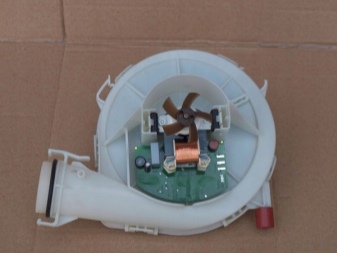
- F7. The water cannot be drained due to problems with the drain hole. In most cases, the main reason for such a malfunction is the presence of a blockage, which can be removed mechanically or using special chemicals.
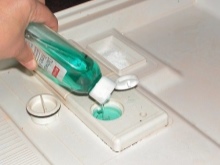
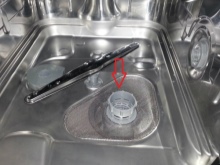

- F8. Incorrect operation of the heating elements is observed due to too little water in the tank. Usually the reason lies in insufficient pressure in the water supply system.
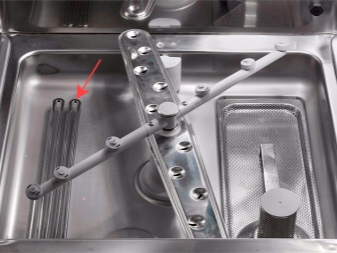
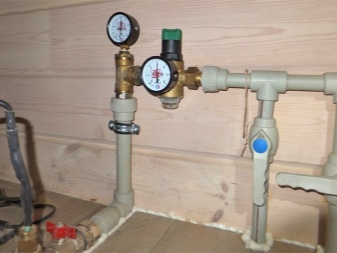
Recommendations
Minor malfunctions of your Bosch dishwasher can be remedied on your own. However, if we are talking about an electronic control system or a board, then it is best to trust a professional who has all the necessary skills and equipment to carry out diagnostics and repairs.
If the dishwasher simply does not turn on, then the problem may lie in the network cable, as well as in the complete absence of voltage in the electrical network. First of all, you need to make sure that the wires do not have any damage, and they are able to cope with their duties. If a problem is found, it is best to completely replace the wires, since the safety and durability of the dishwasher depends on their integrity.
It often happens that after placing the dishes, the dishwasher cannot be started up. Sometimes the indicator responsible for the collection of water blinks, and sometimes nothing happens. First you need to make sure that the dishwasher door is tightly closed. If this household appliance is handled carelessly, the doors may fail and their rubber will wear out. In addition, very often various dirt collects near the castle, which can be cleaned with an ordinary toothpick. Often the problem lies in the "Start" button itself, which can fail due to too frequent pressing.
In order to eliminate this malfunction, you will have to disassemble the panel and return the button to its original place.
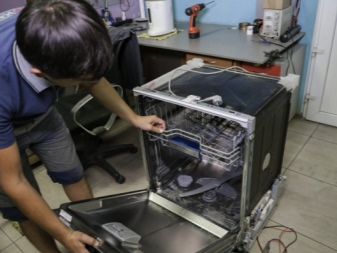
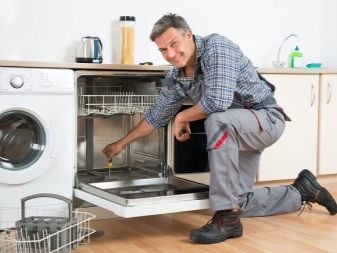
If the dishwasher cannot draw enough water to start the wash, check that the inlet valve and filter are intact. To do this, these elements should be removed and inspected. If necessary, the filter can be washed or cleaned with a soft cloth or sponge. In addition, the lack of draining is sometimes caused by clogging of filters due to food debris and other similar elements.
Thus, Despite their reliability and high quality, dishwashers from Bosch can be damaged. Built-in error detection systems allow the user to immediately understand which part of the household appliance is experiencing problems. This greatly reduces the time spent troubleshooting and allows you to focus on fixing it. In order to ensure the durability of this type of household appliance, it is worth using it according to the manufacturer's recommendations and strictly following the user's manual.
If you do everything according to the instructions, then the error icons and how the indicator blinks can be seen extremely rarely.

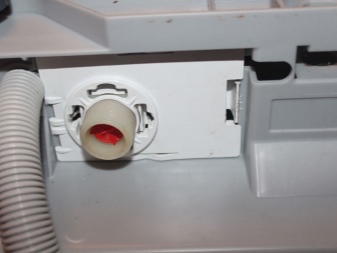
You can learn how to self-service your Bosch dishwasher in the video below.













The comment was sent successfully.